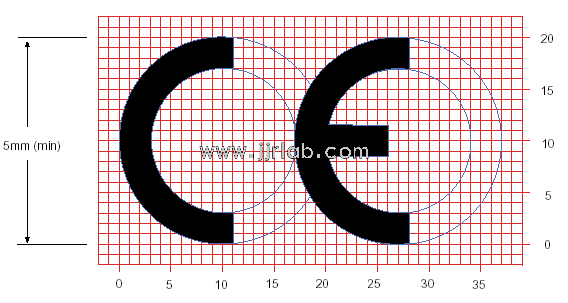
How to get CE Certification for Electronic Electrical?
CE certification Process for Electronic and Electrical Products
1) Determine Applicable Directives and Standards
Based on the product type (e.g., household appliances, communication equipment), match the corresponding EU directives. Common directives include:
- low voltage directive (LVD 2014/35/EU): Applies to electrical equipment with an operating voltage between 50V-1000V AC or 75V-1500V DC.
- Electromagnetic Compatibility Directive (EMC 2014/30/EU): Ensures that the product meets electromagnetic emission and immunity standards.
- Other Relevant Directives: Such as the Machinery Directive (MD), Ecodesign Directive, etc.
2) Risk Assessment and Testing
- Self-Declaration (Low-Risk Products): Manufacturers can assess compliance themselves and sign the Declaration of Conformity (DoC).
- Third-Party Certification (High-Risk Products): Products must undergo testing and audits by domestic laboratories or EU Notified Bodies, including:
- Electrical safety tests (e.g., insULation strength, protection against electric shock)
- Electromagnetic compatibility tests (e.g., radiation interference, conducted interference)
- Environmental adaptability tests (e.g., temperature and humidity, mechanical vibrations)
3) Prepare Application Materials
The following materials must be provided: product packaging, application form, user manual, design drawings, bill of materials, etc.
If you are unclear on any step, feel free to reach out to our JJR Laboratory for faster and more efficient processing without any worries.
4) Sign the Declaration of Conformity (DoC)
After passing tests, the company’s legal representative signs the Declaration to confirm that the product complies with all applicable EU directives.
5) Affix the CE Mark
The CE mark must be clearly and indelibly displayed on the product or its packaging in a visible location.
Key Standards Involved
The specific standards for CE certification vary depending on the directive. Common standards include:
1) lvd directive:
- EN 60335-1 (General safety standard for household appliances)
- en 60950-1 (Safety standard for information technology equipment)
2) EMC Directive:
- en 55032 (Electromagnetic compatibility emissions standard)
- en 61000 series (Immunity standards)
3) Other Standards:
- EN 50564 (Energy consumption standard)
Core Testing Items
1) Electrical Safety Testing
- Dielectric strength tests, grounding continuity tests, leakage current tests
2) Electromagnetic Compatibility Testing
- radiated emission tests, conducted emission tests, electrostatic discharge (ESD) immunity tests
3) Material and Environmental Testing
- Flammability tests, high-temperature resistance tests, mechanical strength tests
ce marking Requirements
1) Size Requirements:
- The height of the CE mark must be ≥5mm. When scaling, the proportions must remain consistent.
2) Positioning:
- The mark should be placed on the product itself. If space is limited, it may be on the packaging or user manual.
3) Format Requirements:
- The letters “C” and “E” must be equally proportioned and not distorted.

Important Considerations
1) High-Risk Products (e.g., medical devices) must undergo certification by a Notified Body; self-declaration is not allowed.
2) Technical Documentation must be regularly updated to comply with changes in EU regulations.
3) CE Mark must not be confused with or obstructed by other certification marks.
Electronic and electrical products are crucial for exports to the EU. Adhering to EU regulations ensures long-term, safe, and profitable operations.
Email:hello@jjrlab.com
Write your message here and send it to us
 What Are the Testing Items of California Propositi
What Are the Testing Items of California Propositi
 E-Cigarette EU TPD Testing
E-Cigarette EU TPD Testing
 Testing Certification for E-cigarettes Exported to
Testing Certification for E-cigarettes Exported to
 What is Amazon US CPC Certification?
What is Amazon US CPC Certification?
 UK Toy Safety Regulation Standard EN 71-13
UK Toy Safety Regulation Standard EN 71-13
 What is EU UFI Registration?
What is EU UFI Registration?
 EU UFI Registration for E-cigarette E-liquid
EU UFI Registration for E-cigarette E-liquid
 How to get the MSDS Report for Electronic Cigarett
How to get the MSDS Report for Electronic Cigarett
Leave us a message
24-hour online customer service at any time to respond, so that you worry!




